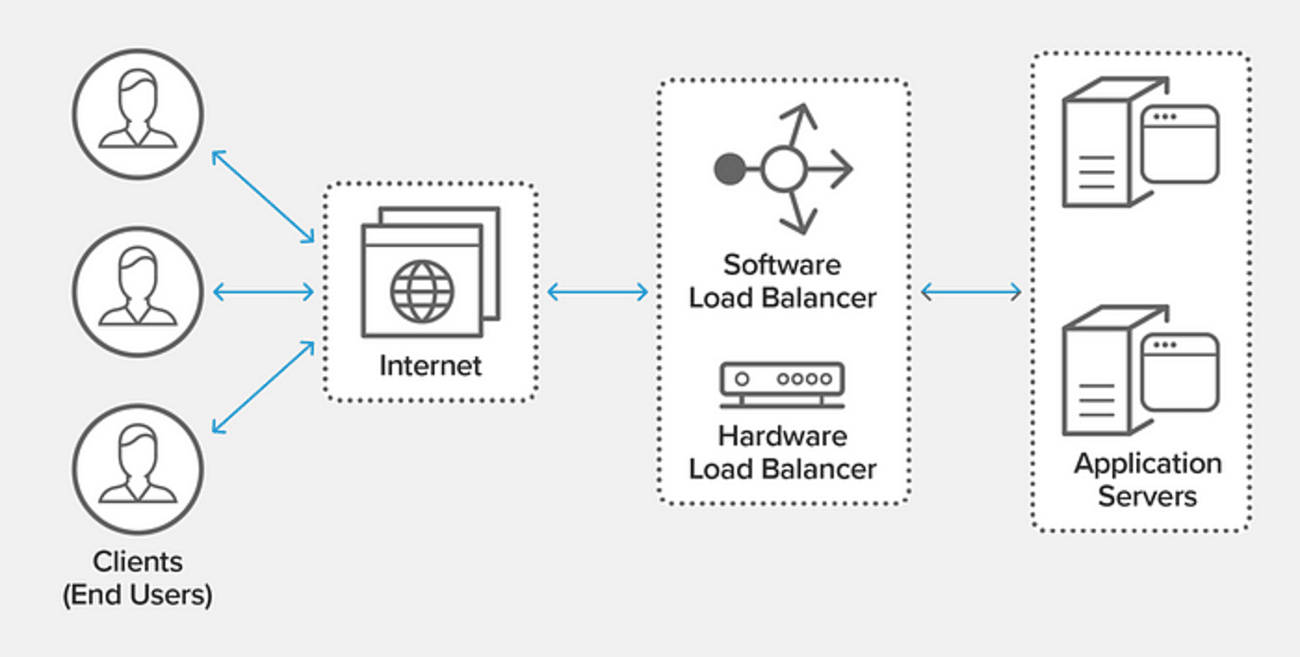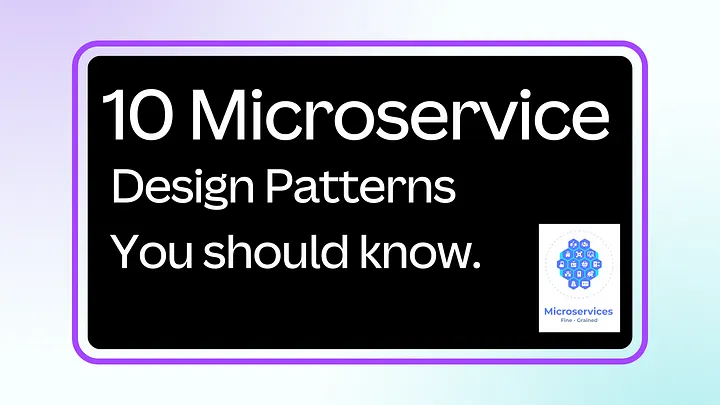
Understanding NestJS Architecture
23rd September 2023
Advance Building a Load Balancer using Node JS + Express
3rd October 2023Building scalable software requires a software engineer/architect to pick the right architecture especially when building enterprise software/applications.
Monolithic architecture is usually the first choice in mind for most engineers because it is easy and does not have to deal with the distributed system complexity because a whole application is in the same giant codebase when dealing with agile software delivery; monolith application might not be the right choice because when making small code change requires us to deploy a whole application which could be time-consuming, the other thing is that we cannot even scale individual components/services.
If there’s an error in any module/feature/service, it could affect the entire application’s availability and that is the reason why Microservice Architecture comes to the rescue.

- API Gateway: It is the entry point to access any microservices and we can implement cross-cutting concerns here such as Security, Rate Limit, and Load Balance. We can use Spring Cloud Zuul or Spring Cloud Gateway to implement this.
- Service Discovery: Allow services to find each other via a name instead of an IP. Why not IP? Because IP often changes at runtime due to how often containers get spun up and destroyed. We can use Spring Cloud Eureka or Kubernetes service to implement this.
- Circuit breaker: This pattern is really helpful when dealing with transient errors. For instance, when service a called service b and service b is unavailable (timeout) it could return a cached result as the default response or fallback to request another helper service to get the result and allow service b to recover without trying to make more requests to it. We can use Hystrix or Resilient4J to implement this.
- Bulkhead: This pattern helps deal with fault-tolerant related to the thread pool by dividing the thread pool based on the number of services that need to be called. For example, we defined a 50-thread pool in service A, and service A will make requests to service B and C. So, service A should divide the 50-thread pool into 2 (25 for service B, another 25 for service C) so if service C is unavailable or takes longer time to process the request, it doesn’t affect the service B call because it has its thread pool to perform the job. We can use Resilient4J to implement this.
- CQRS: we could separate Command(write) and Query(read) which means we could design a database table optimized for write and read differently for scalability.
- Event Driven Pattern: This pattern enables loose coupling between services which means services don’t have to know each other to communicate. The communication protocol is usually through events using a Messaging Queue such as AMQP(RabbitMQ) or Apache Kafka.
- Saga: As we know dealing with a distributed system is hard especially when it comes down to distributed transactions; 2 Phase commit was the best option but due to its nature of pessimistic lock makes it hard to scale which is why the Saga patterns come into play. There are ways to implement the Saga pattern which are Orchestration and Choreography.
- Strangler Pattern: This is a way to decompose a monolith application into microservices by gradually extracting each feature from the monolith app into individual microservices and letting the monolithic application call that new microservices instead. When building new features start with building a new microservice instead of creating that new feature inside the monolith app. The extraction could also include creating a new database for those new services.
- Sidecar: Probably one of the most incredible patterns to know. Why? because it is a way to attach cross-cutting concern services as a sidecar to the actual business service. It is usually done by deploying a sidecar service in the same pod as the actual business service. Use case: service-service secure communication, implement logging or metric. We can use Envoy proxy as a sidecar.
- BFF: Also known as Backend for Frontend. Implementing microservices for each platform enables more customization/optimization based on each platform. For example, a Mobile app might not need large-size pictures or videos like web apps but keep in mind that the service could be redundant.





